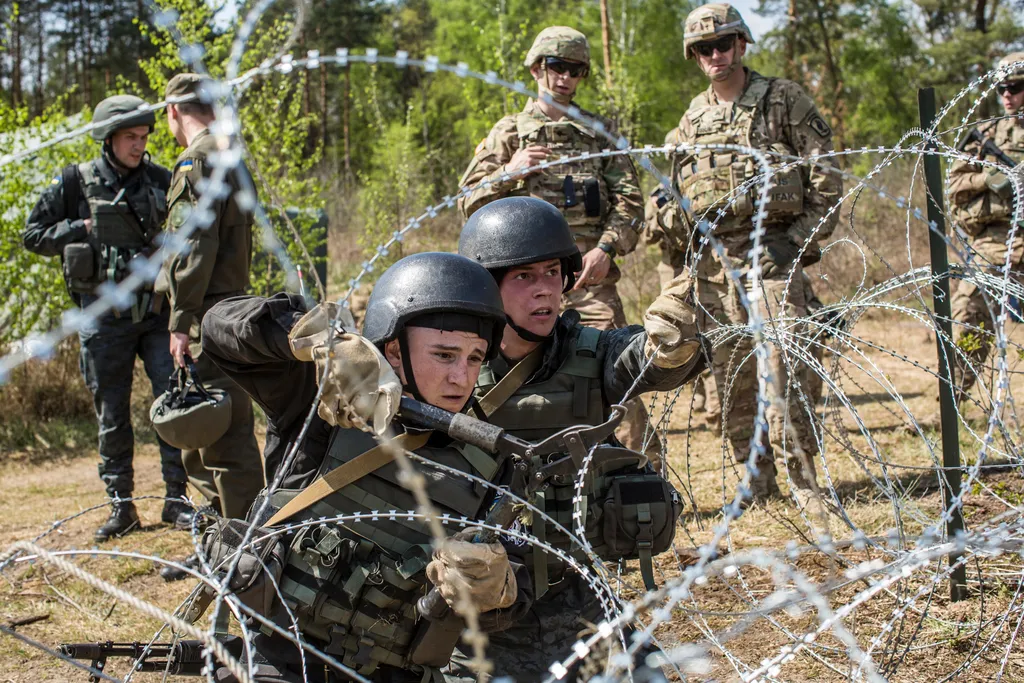As Ukraine’s war with Russia enters its third year, the nation’s military institutions are adapting to the brutal realities of modern warfare. A new study published in the journal *Scientific Works of the National Academy of the State Border Guard Service of Ukraine. Series: Pedagogical Sciences* examines how physical education programs in higher military educational institutions (HMEIs) must evolve to meet the demands of martial law. The research, led by Andrii Nedilko of the Bohdan Khmelnytskyi National Academy of the State Border Guard Service of Ukraine, underscores the critical need for officers to be physically and psychologically prepared for the unpredictable challenges of combat.
Nedilko’s study highlights that traditional physical training programs, while valuable, often fall short of preparing cadets for the specific rigors of wartime service. The research emphasizes the need for a more dynamic approach—one that prioritizes endurance, reaction speed, and agility, as well as psychological resilience.
“Physical training of military personnel, including female service members, should not only maintain a general level of physical fitness but also prepare them for the specific conditions of service during martial law,” Nedilko said. “This means enhancing their ability to respond quickly to critical situations, whether on the front lines or in the rear.”
The study identifies several key areas for adaptation, including the integration of specialized training components that simulate combat scenarios. For instance, endurance exercises should be tailored to match the physical demands of prolonged operations, while reaction drills must account for the unpredictability of battlefield conditions. Additionally, the research stresses the importance of psycho-emotional training, as military personnel must remain composed and decisive under extreme stress.
One of the most compelling aspects of Nedilko’s work is its focus on the psychological dimension of warfare. The study argues that physical fitness alone is insufficient—officers must also develop mental resilience to perform effectively in high-pressure environments. This dual approach ensures that cadets are not only physically capable but also psychologically prepared for the demands of modern combat.
The findings suggest that HMEIs should adopt a more holistic training model, one that blends physical conditioning with psychological preparedness. By doing so, these institutions can produce officers who are better equipped to handle the complexities of martial law.
The implications of this research extend beyond Ukraine. As conflicts around the world become increasingly volatile, militaries everywhere are reassessing their training protocols. Nedilko’s work serves as a reminder that adaptation is not just about acquiring new technology or tactics—it’s about ensuring that personnel are physically and mentally ready for the challenges ahead.
For the defence industry, this research could shape the development of new training programs and technologies designed to enhance both physical and psychological readiness. It also highlights the growing importance of interdisciplinary collaboration between military educators, psychologists, and defence contractors.
As the war in Ukraine continues, the lessons learned from Nedilko’s study will likely influence how militaries worldwide approach physical education and combat preparedness. The study is a timely reminder that in an era of heightened global instability, the ability to adapt is not just an advantage—it’s a necessity.

